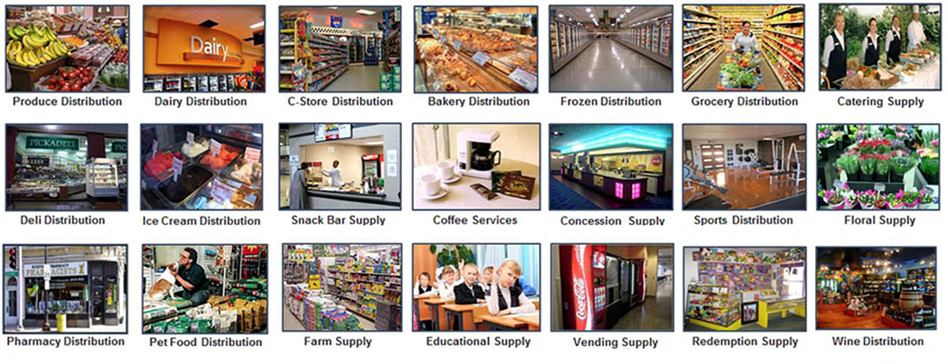Summary: Selling to retailers and distributors is an art to itself. Depending on third parties (sales brokers) to sell for you solely is not going to work in most cases. Sales brokers represent a number of brands and adding your products to their line-ups is hard by itself. The American Retail Market is the most diverse on the planet and is the most lucrative. Product manufacturers from around the world are always trying to get into America. When a brand owner looks into who to sell to and how to sell to them they need to understand each retail format (channel) itself.
Retail Formats
It’s best to be educated on what retail formats (channels) you can sell to and what the routes are to sell to customers in them. We showcase what retail formats are out there to explore (via our www.RetailFormats.com). We break up retail and related formats in these groups: Traditional Retail, Specialty Retail, Natural and Organic, Healthcare Retailing, Pet Retail, Food Service Retail, Baby Retail, Farm and Feed/Hardware, Camp and RV, Sports Retail and Sports Nutrition.
Sales Efforts By…
By Yourself: The best way to get products into stores is to manage the sales yourself or through hired personnel. We help educate clients on how to set up regions and how to concentrate their sales efforts in those. We also help create sales plans and educate how to create sales materials, sales pricing structures and how to do contracts with retailers and distributors.
- Trade Shows: One of the best ways to introduce a brand group to a large audience is to participate in trade shows. The Lemonaders Team educates clients on the best shows to exhibit at (depending on their product base and their goals). The team exihibits or visits over 55 industry trade shows annually themselves from their locations in Las Vegas, NV and Orlando, FL.
- In-Store Demos: Retailers anticipate that you will commit to in-store demos to build up a clientele with consumers. This is one of the best ways to get noticed.
- In-Store Marketing: Retailers also want to make sure you commit to in-store promotions (ads, lower priced promotions, displays) to get noticed as well.
- Planograms: Get educated on where your products should be placed in a store and where in the section itself.
Sales Brokers: Sales brokers are best when there is a base of business for them to inherit from. Brokers these days may ask for a retainer to offset the pioneeering costs they incur when bringing a product on-board. There are brokers out there who are not the best in selling new products and there are those who are ideal in selling new products. Referrals and references are good to look for when bringing a sales broker on-board.
Telemarketing Groups: There are some telemarketing groups that will represent products. Telemarketing is not usually the best way to introduce a product to market but maybe an add-on for specific retailers who do not mind talking to sellers on the phone.
Merchandising Teams: If you do not have personnel that visits retail stores you have distribution in out-sourced merchandising companies maybe ideal to use. These groups will ensure product shelf placements, engage with store personnel, sometimes build displays and check for out of code products. Buyers from chains do recognize and appreciate brand groups that do in-store merchandising efforts.
Distributors: Trying to understand how distributors and wholesalers work is an education itself. Generally most distributors work best when there is a base of retailers they do business with have an interest in your brand. There are also different types of distributors to be aware of. Also being aware of what is a DSD distributor and what is a re-distributor as well. Examples of some of the distributor types:


